
Sino-Latin America Soybean Industry Technology Innovation Alliance was inaugurated SCAU
Soybean is an important grain and oil crop in the world, and Latin American countries such as Brazil, Argentina and Uruguay are the main producers of soybeans in the world. The establishment of China-Latin America Soybean Industry Technology Innovation Alliance (hereinafter referred to as CLASITIA) was held in South China Agricultural University on November 11.
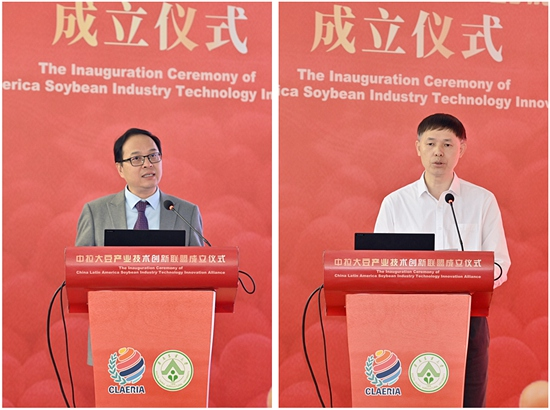
Speech by Qiu Rongliang, Vice President of SCAU and Li Zhenzhu, Researcher of Guangdong Provincial Department of Agriculture and Rural Affairs
Qiu Rongliang, Vice President of SCAU and Secretary-General of the China-Latin America Agricultural Education and Research Innovation Alliance, pointed out in his speech that soybean research is one of the important research directions of the double first-class discipline of SCAU. The university actively builds a high-quality platform for soybean research, and has achieved fruitful results in soybean research and international cooperation.
Li Zhenzhu, a third-level researcher of the Department of Agriculture and Rural Affairs of Guangdong Province, said that he hoped that the CLASITIA would gather the members together, solve major common scientific and technological problems in the development of innovation chain and industrial chain, provide strong support for the development of soybean industry, and promote China and Latin America to achieve mutually beneficial and win-win development of soybean industry.
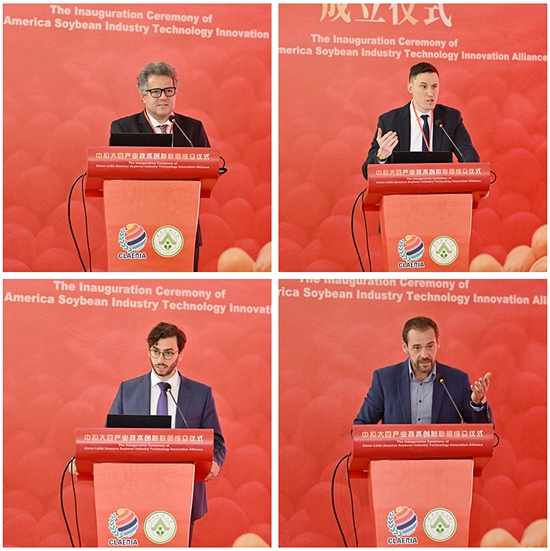
Mr. Alan Coelho de Sellos, Consul General of Brazil in Guangzhou, Mr. Facundo Fernández Guerra, Consul General of Uruguay in Guangzhou, Mr. Matías Zubiaur, Vice Consul of Argentina in Guangzhou, and Mr. Fernando Cadore, President of the Soybean and Corn Producers Association of Mato Grosso, Brazil, made speeches respectively, expressing their congratulations on the establishment of CLASITIA, which would play an important role in optimizing the industrial structure of China and Latin America, enriching the soybean product market, enhancing the scientific and technological level and innovation ability of both sides in the soybean field, and promoting cooperation and development in the field of agricultural science and technology.
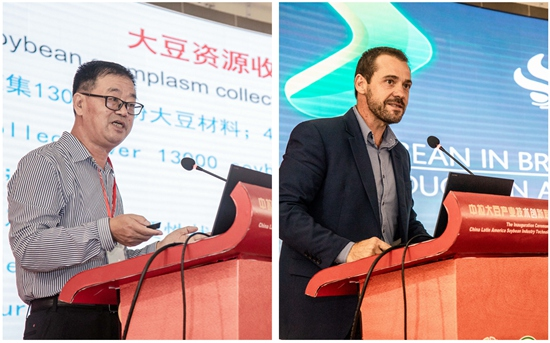
Prof. Nian Hai and President Fernando Cadore made keynote speeches
At the meeting, Professor Nian Hai from SCAU, director of the Guangdong Branch of the National Soybean Improvement Center, introduced the status quo and progress of soybean research in his team, as well as the cooperation with domestic and foreign industry, university and research.Fernando Cadore, Chairman of the Soybean and Corn Producers Association of Mato Grosso, Brazil, took the soybean planting technology and industrial development in Mato Grosso as an example, pointing out that China-Pakistan soybean cooperation has great potential and can effectively achieve mutual benefit and win-win result.
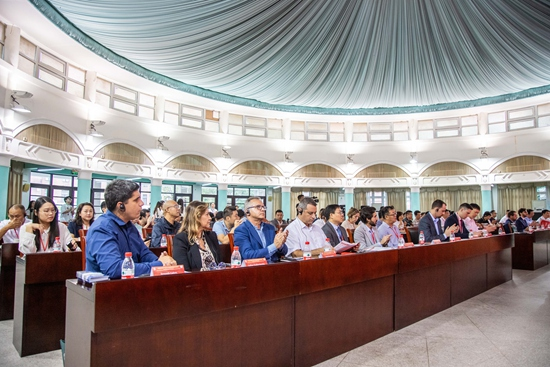

Then Chinese and foreign guests held a seminar which focused on China-Latin America soybean breeding and cultivation technologies, as well as China-Latin America soybeans processing, feed and trade, laying a foundation for their future exchanges and cooperation.

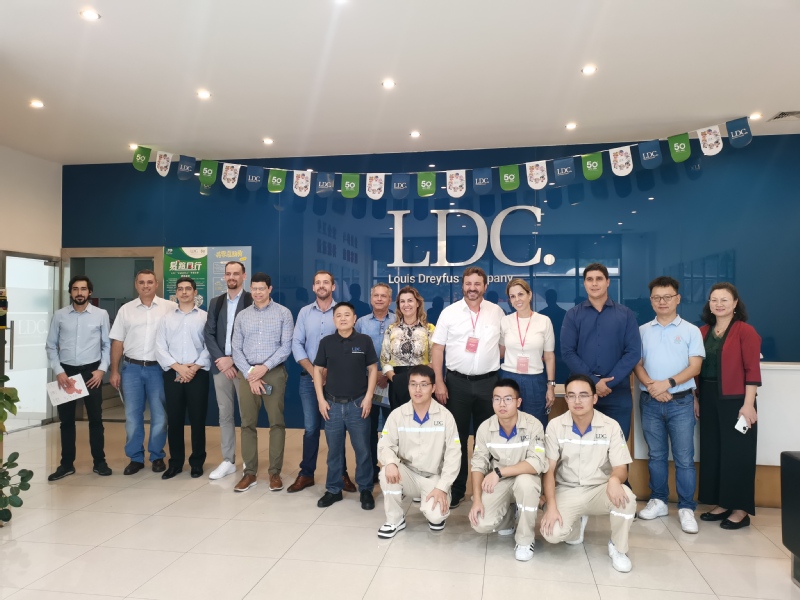
The participants visited soybean enterprises in Dongguan and Shenzhen, learned about the local soybean industrialization including soybean production, processing, sales and application, and expressed appreciation for relevant management mechanisms and production technologies.
Relevant principals and expert representatives of South China Agricultural University, South China University of Technology, Guangdong Academy of Agricultural Sciences, enterprise representatives from China and Mato Grosso, Brazil attended the inauguration ceremony on site, also some participants online from Brazil, Argentina and Uruguay.
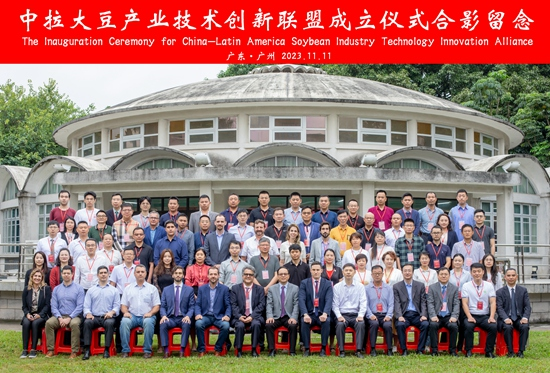
With the support of governments, universities, research institutions and enterprises at all levels in China and Latin America, 70 members from 15 countries have joined the alliance and carried out fruitful cooperation and exchanges in cultural exchanges, technical training, academic conferences, scientific research cooperation platforms and other aspects.

